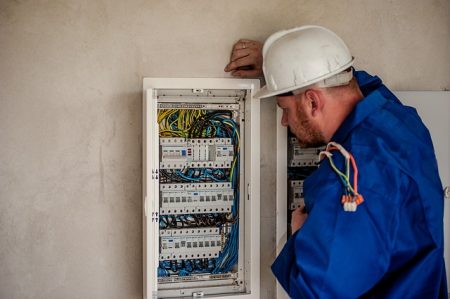 The starting point when determining maintenance responsibilities under a commercial lease is to take a look at the existing Lease agreement between the tenant and landlord.
The starting point when determining maintenance responsibilities under a commercial lease is to take a look at the existing Lease agreement between the tenant and landlord.
The ADLS Deed of Lease, a document produced by the Auckland District Law Society, governs most leasing of commercial properties. It is reviewed and updated regularly, and currently in its Sixth Edition 2012 (5). The provisions within the lease cover many of the likely issues and obligations landlords and tenants could encounter during the course of a tenancy. It is important that both parties to the contract carefully read and consider each clause and the possible implications that may arise under it, in order to understand where liabilities and obligations may lie.
General Maintenance
There are obligations resting on both the landlord and tenant to maintain the property both during the term and also at the expiry of the term of the Lease.
Clause 8.1(a) of the ADLS lease provides that a tenant must maintain the premises during the term of the lease, and repair any damage to the premises. Premises refers to that area which the tenant is leasing. It may be the entire building, in which case the tenant may be responsible for 100% of the maintenance outgoings for the premises. Alternatively, it may be a portion of a building, such as an office building, in which the tenant leases a specific portion of the building complex and has a right of use of the complex common areas such as lifts, toilets and entryways. In this case, it is common for the tenant to pay a proportionate portion of the outgoings, including certain maintenance and the landlord assumes the obligation of overseeing and administering service building services, rates charges and management costs.
Under the tenant’s maintenance clauses, they must maintain the building in the same or better order than it was leased in, repair any damage, replace broken fixtures or fittings such as light bulbs, and generally keep the premises in good order whilst they are in possession of the premises.
Clause 20.1 provides that the tenant must remove any fixtures, fittings or alterations prior to the expiry of the tenancy, and reinstate the premises and make good any damage.
This excludes fair wear and tear arising from reasonable use. For example, there may be minor scuffs to walls after several years of use which would constitute fair wear and tear. A hole in the wall, however, would not.
Landlords have a duty to ensure the building complies with the requirements of the Building Act 2004. They must also ensure the building is weatherproof. The standard form of the ADLS Lease does not hold tenants liable for general wear and tear, nor for defects in the design and construction of the building.
Premises Condition Report
It is of importance to note that in general, a landlord does not have to fix anything unless it is provided for in the lease.
As leases may be long-term, renewed, or assigned once or more during it’s lifetime, it is not uncommon for the original tenant to have left, or for the lease to have been running for so long, both parties have forgotten the original condition of the premises or what parts of the fit out are the property of the landlord or tenant.
In order to minimize the possibility of confusion, error or dispute at the expiration of the tenancy, it is vital for landlords and tenants to make a record of the premises condition prior to the commencement of the tenancy, clearly noting any defects or flaws, and inserting this into the lease documentation. This can be carried out by a building surveyor, however, even a series of photographs of the premises can suffice. The ADLS provides for a Premises Condition Report which is attached as Schedule 6 of the Deed.
The standard form leases often have clauses added or removed, so it’s important to consider how each individual lease may impact you whilst you are negotiating. It is worthwhile asking a series of questions to contemplate scenarios which could possibly arise, to ensure that the relevant duties and liabilities are clearly specified in the lease documentation.

